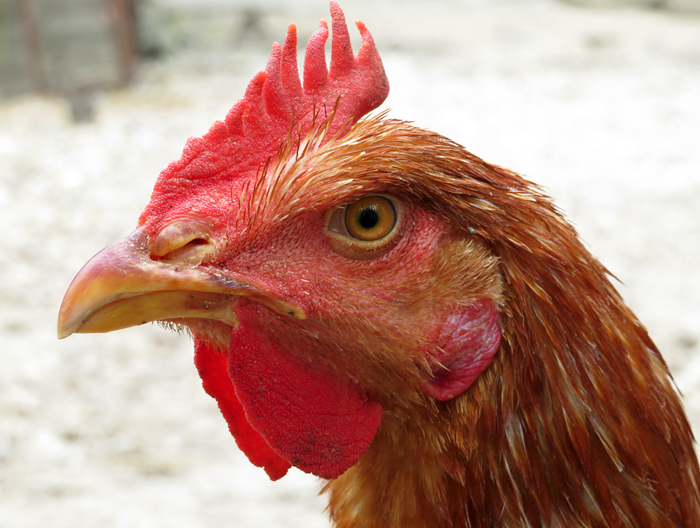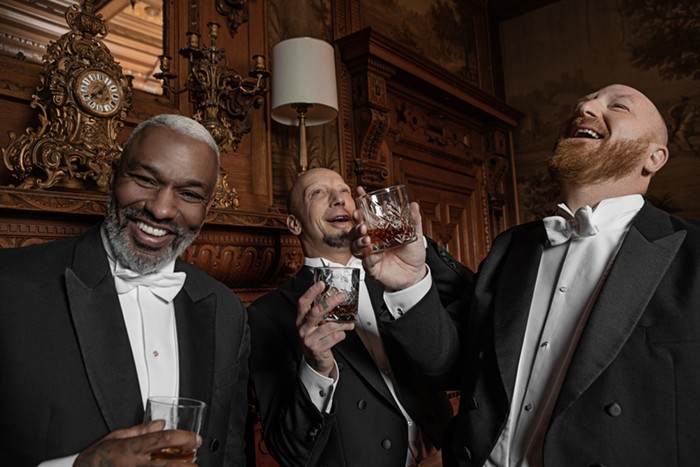
As if directly answering my prayer from the end of Shrill’s first season—for Annie (Aidy Bryant) to cut out the proto-Lindy West nice girl routine and start living up to the show’s title—Shrill season two opens with Annie storming into her boyfriend’s house and shouting, “I’m a fucking bitch, and I love it!”
Season two picks up right after previous season’s climax, with Annie running through the streets of Portland, high off confronting an online troll in person and throwing a rock at his car. In response to Annie's newfound embrace of self respect and lite property destruction, she and her boyfriend Ryan (Luka Jones) go on the lam. And that's only the beginning of the sweet-tempered madness that is Shrill season two, a show that's narrative trajectory could be summed up pretty easily as “the arc of Annie learning to be an amazing bitch.”
Viewers of Shrill who are also readers of the Mercury probably remember the show is based on former Mercury contributor Lindy West’s book about her experiences working for the Mercury’s sister paper, Seattle’s The Stranger. (I am still journalistically required to state that Shrill is not an accurate reflection of what it’s like to work at the Mercury.) Criticism of last season saw critics casually comparing John Cameron Mitchell—who plays Annie's boss, Gabe—and Stranger editor Dan Savage, but in a 2018 interview we did with Mitchell he said he came up with the character's personality. I want to assign credit where it's due because Gabe's biting editorial wisdom remains a terrific foil for the earnest yet inexperienced Annie, and the show benefits from their deepening appreciation of one another.

Similarly, much of the strength of season two comes from its charming supporting characters whom the new season expands on. The attention paid to Annie's roommate Fran (Lolly Adefope) is especially welcome, given Fran's complicated but loving relationship with her family—they accept that she's queer, but don't understand why she won't consider marrying a man. Annie's frenemy co-worker, Ruthie (Patti Harrison, who we interviewed for a Mercury arts issue) likewise flexes her cool-girl, deadpan humor into a more central role as the season reveals more about her found-family relationship with Gabe and his husband Tony.
(Oh shit! That's that Harrison’s Unsend co-star Joel Kim Booster—who also received acclaim for audio acting on the fiction podcast Moonface—playing Gabe’s husband Tony. Give Tony lines!)
It's worth noting that Shrill's second season loses the vivid, Portlandia-style visual zhuzh of season one, but there are still plenty of gorgeous moments, like the brightness of Annie’s eyes against the flush of her skin after she pukes in a bathtub, brought to us by director Rebecca Asher.
Shrill isn't anywhere close to real life, but its rooted storytelling makes it feel real. The show's comedy elements are bolstered by original premises and supported by a talented cast. At multiple points in its second season, Shrill feels like a triumph—like a dream realized—but probably none more than the episode that ends by launching into PJ Harvey’s blood-pumping anthem “50 Ft Queenie.” Ending an episode with that song has to be someone's dream come true. Shrill made it happen.
All eight episodes of the second season of Shrill are now streaming on Hulu.



















